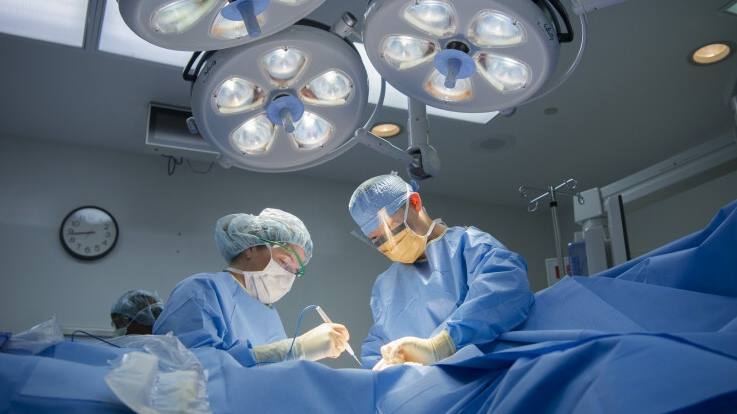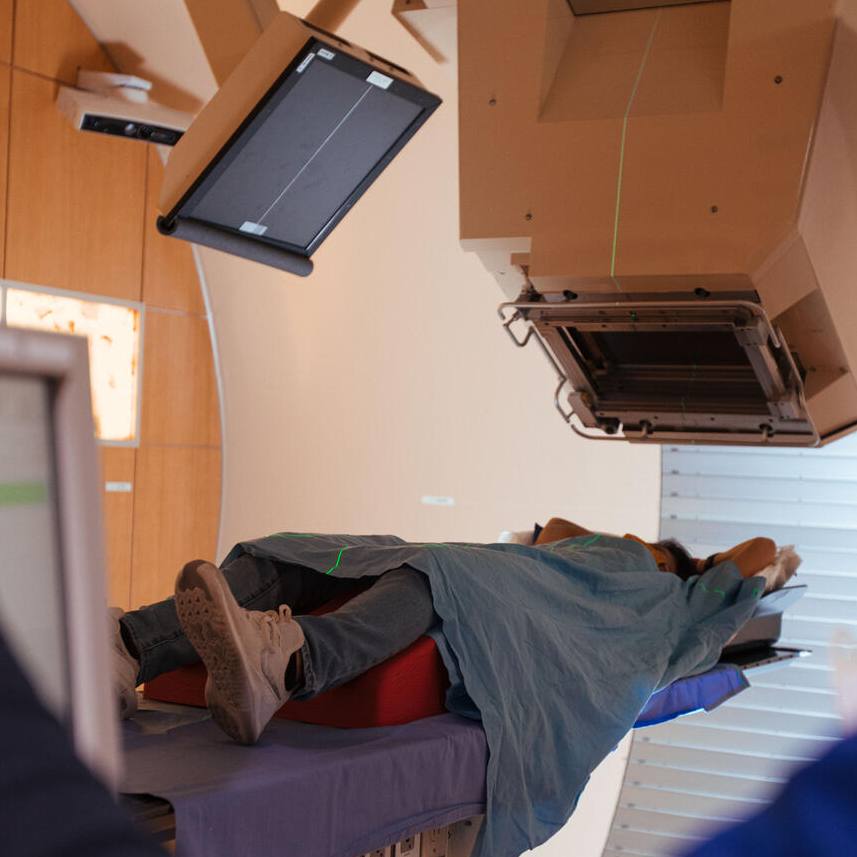-
Mayo Clinic Q and A: How surgery can reduce breast cancer risk

DEAR MAYO CLINIC: My mother and sister were both diagnosed with breast cancer. With my family history, when should I consider preventive surgery options, and what do those look like? Are there other risk factors I should be aware of?
ANSWER: Given your family history of breast cancer, I'm so glad you want to know more about reducing breast cancer risk. There are a number of ways you can reduce your risk of getting breast cancer. These can be with surgery, such as a bilateral or double mastectomy, but also with less invasive methods such as healthy lifestyle choices and medication.
An important first step when considering the prevention of breast cancer is understanding your personal risk. If you have not yet, I would recommend establishing care with a breast health specialist, or healthcare professional comfortable with breast cancer risk prediction counseling. This may be at a dedicated breast clinic, like the Mayo Clinic Breast Clinic, or with your primary care clinician or OB-GYN. There are an increasing number of programs specifically created for people at high risk for breast cancer, and the healthcare team uses multiple prediction tools to identify your personal risk. Many factors, including age, hormone-related life events such as age of first period, pregnancy and breastfeeding, and prior breast imaging contribute to an individual’s risk.
Genetic counseling is also an important part of determining your personal risk and the benefit you would receive from risk-reducing medication or surgery. I would ask if either your mother or sister has undergone genetic testing and if they are comfortable sharing those results. If not, a genetic counselor will talk through your family tree and ask about each relative and what cancer(s), if any, each relative has had and their age when they developed cancer to help assess your risk. If appropriate, genetic testing will be offered.
Once you know your personal risk of breast cancer, then it is important to discuss both screening and prevention, meaning what you can do to decrease that risk and by how much. Breast clinics and high-risk programs provide recommendations on what type of enhanced screening you should have in the future. Often tests such as breast MRI are offered in addition to traditional mammograms. Your age, risk and characteristics of your breast tissue, such as density, are combined to create a personalized screening plan.
In terms of action items to decrease the risk of breast cancer, we know that a healthy lifestyle can decrease a woman's risk of developing breast cancer or of it coming back after a prior diagnosis. All of us can benefit from being active, maintaining a healthy weight, not smoking and limiting alcohol use. Newer data suggests we need both cardio-based and weightlifting each week to get the most benefit.
There are certain medications that can be taken to reduce a person's risk of breast cancer. These can reduce your personal risk by 50%-70% and are taken daily for multiple years to see that benefit.
Risk-reducing surgery, such as a bilateral mastectomy, decreases the chance of getting breast cancer; surgery decreases your personal risk by about 90%-95%. And while extremely effective, not even surgery can completely eliminate the risk of breast cancer. It is important to note that bilateral mastectomy is a permanent change to your body, including appearance and sensation, and the impact on your quality of life, sex life and body image should all be carefully discussed before having surgery.
Risk-reducing surgery can be performed with or without reconstruction. A bilateral total mastectomy removes both breasts without reconstruction and leaves a flat chest wall. You can wear a prosthesis, and prostheses are also available for swimming suits. Breast reconstruction is also a great option for many women, and the process often can be started at the time of the mastectomy. A skin-sparing mastectomy can be performed which preserves the skin envelope of the breast. Nipple-sparing mastectomy is also an option for some women and preserves the skin envelope and the nipple-areola complex. Generally, however, while the nipple is preserved, the sensation is lost from the nipple with a nipple-sparing mastectomy. Newer techniques, including a robotic-assisted approach to nipple-sparing mastectomy, are currently being evaluated.
I would recommend meeting with a breast surgical oncologist and a reconstructive plastic surgeon to discuss options further.
It's important to note that the decision to take medication or have surgery to reduce your risk of breast cancer is personal. It also is a fluid decision and may change over time. Factors such as menopausal status, desire to have children, and family and work obligations are all important to consider when making these decisions. I'd recommend discussing all these parts of life with your healthcare team.
I commend you for being proactive and exploring your options to reduce your risk of breast cancer. — Mary Mrdutt, M.D., Breast and Melanoma Surgical Oncology, Mayo Clinic, Rochester, Minnesota







